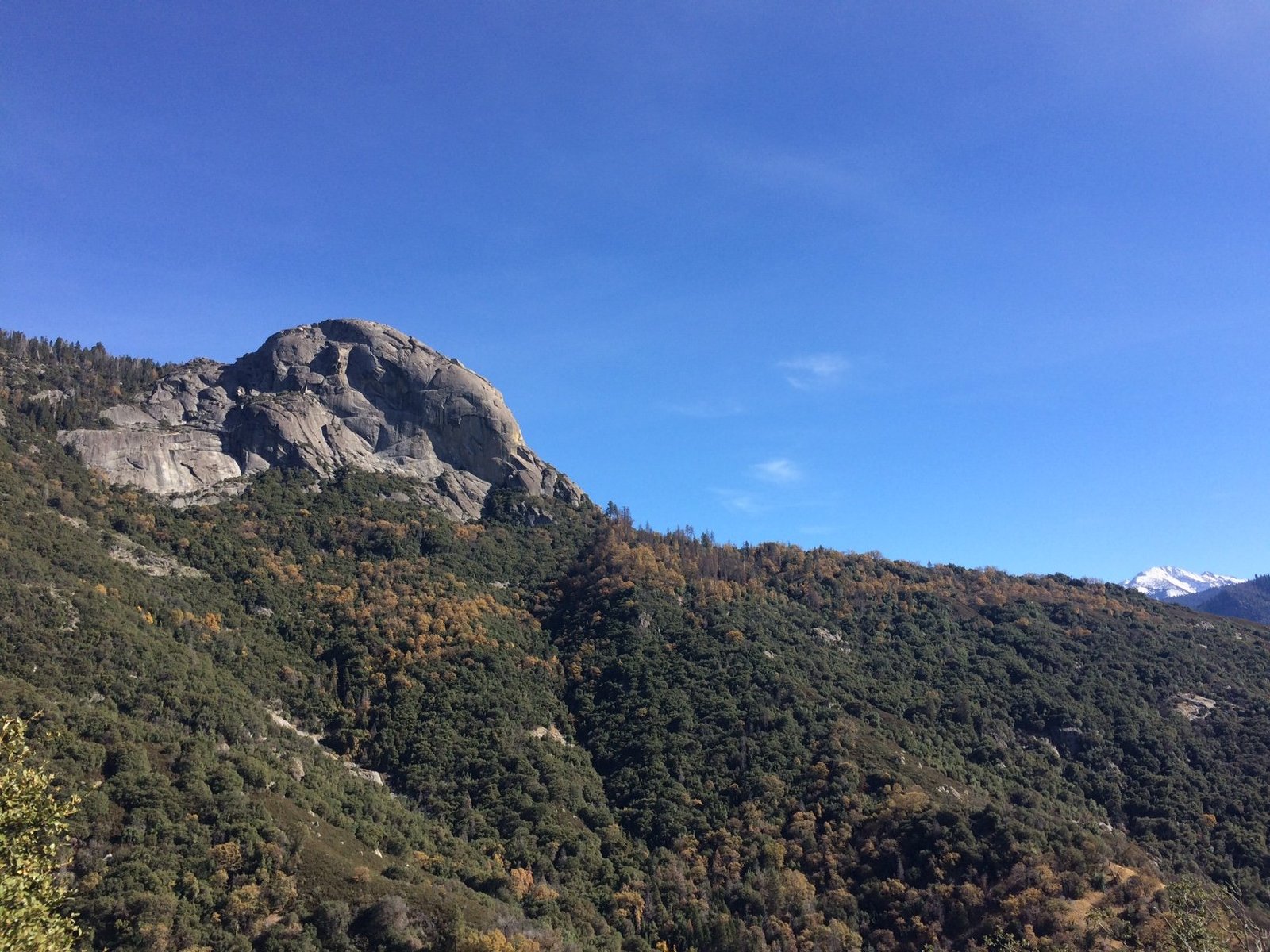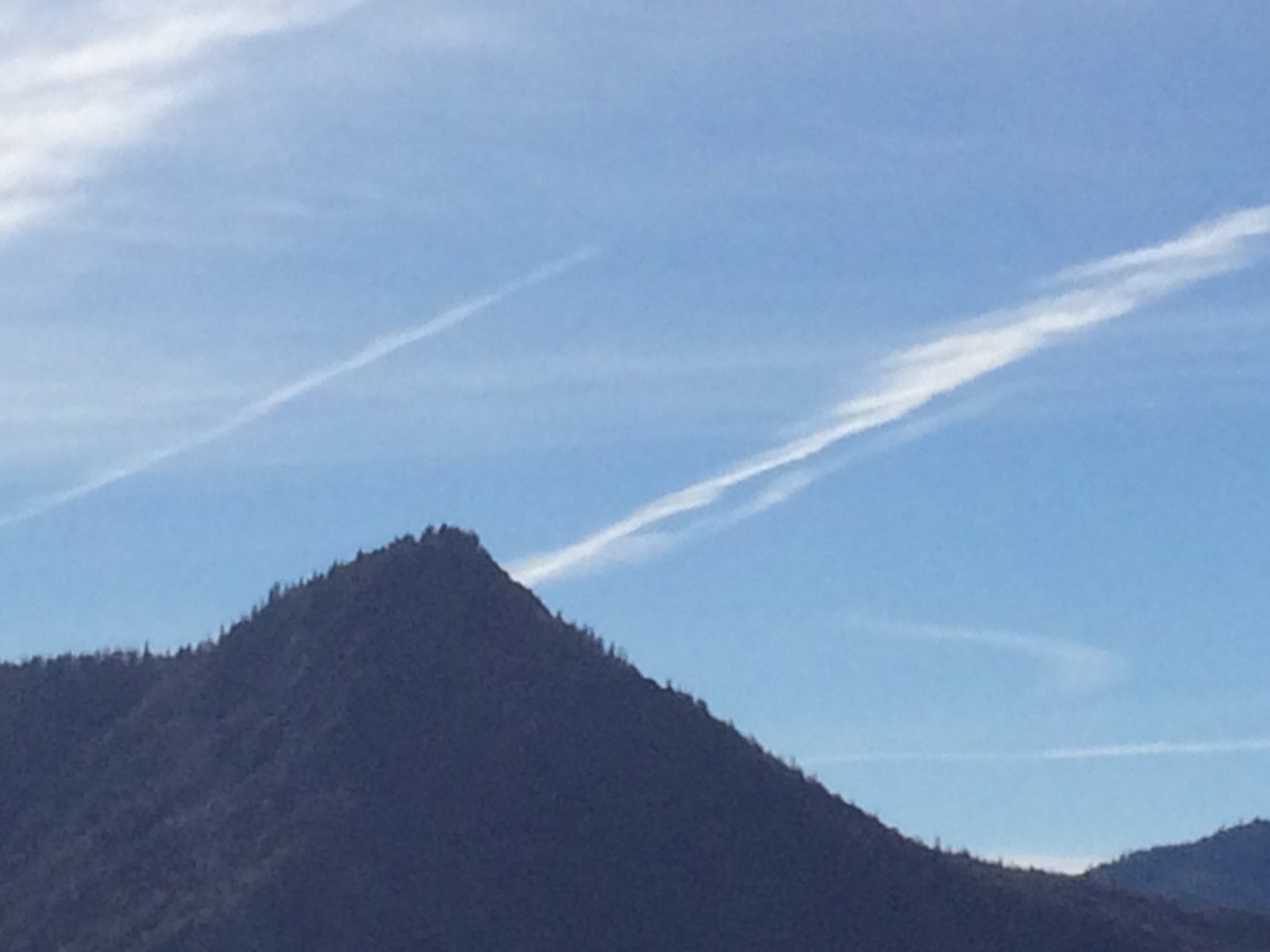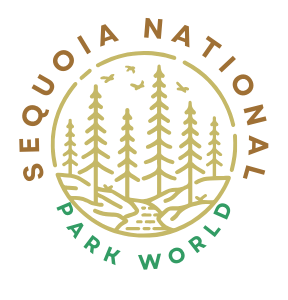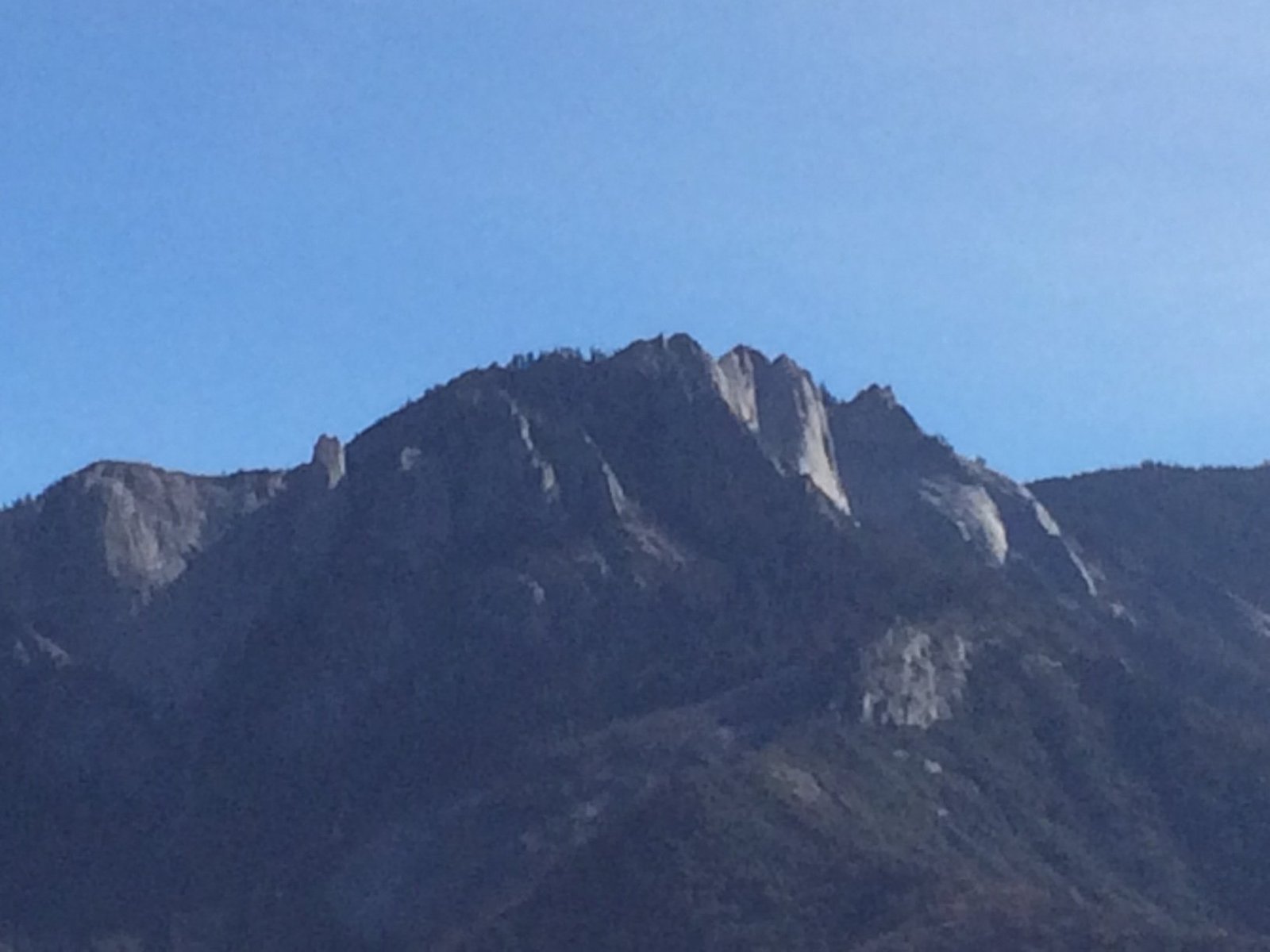Sequoia National Park in February transforms into a breathtaking winter wonderland. With average temperatures around -3°C (27°F) and significant snowfall, the park offers a unique and serene experience. Visitors can enjoy snowshoeing, cross-country skiing, and stunning views of snow-covered giant sequoias. However, winter conditions also bring challenges, including limited accessibility to certain areas and the need for proper winter gear. This guide provides essential information for planning your February visit to Sequoia National Park.
What are the Weather Conditions in Sequoia National Park in February?

February in Sequoia National Park is characterized by cold temperatures and substantial snowfall. Here’s a breakdown of the typical weather conditions:
- Temperature Range:
- Average: -3°C (27°F)
- High: 2°C (36°F)
-
Low: -8°C (18°F)
-
Precipitation:
- Rainfall: 163 mm (6.4 in) over 6 days
-
Snowfall: 1657.4 cm (652 in) on average
-
Daylight:
- Average daylight hours: 10:54
- Sunrise: 06:42
-
Sunset: 17:36
-
Precipitation Probability:
- 21% chance of rain or snow on any given day
- Average precipitation on wet days: 0.76 in (19.2 mm)
It’s important to note that weather can be unpredictable, and conditions can vary significantly depending on elevation and specific location within the park.
Which Hiking Trails are Accessible in February?

Due to heavy snow and cold conditions, many trails in Sequoia National Park are challenging or inaccessible in February. However, some lower elevation trails may still be open:
- Congress Trail
- General Sherman Tree Trail
| Trail Name | Accessibility | Difficulty | Required Gear |
|---|---|---|---|
| Congress Trail | Limited | Moderate | Snowshoes, Crampons |
| General Sherman Tree Trail | Limited | Easy to Moderate | Snowshoes, Crampons |
Important Notes:
– Trail conditions can change rapidly due to weather.
– Always check with park rangers for up-to-date information before setting out.
– Higher elevation trails are generally closed due to snow.
– Hiking times are significantly longer in winter conditions.
– Proper winter gear, including warm clothing and traction devices, is essential.
What Winter Activities are Available in Sequoia National Park in February?
Despite the cold and snow, February offers unique opportunities for winter activities in Sequoia National Park:
- Snowshoeing:
- Rent snowshoes at Wuksachi Village & Lodge or Montecito Sequoia Lodge
-
Join ranger-led snowshoe walks for guided experiences
-
Cross-Country Skiing:
- Popular trails include Alta Peak Trail and Wolverton Meadow area
-
Ski rentals available at local lodges and ski shops
-
Winter Photography:
-
Capture stunning views of snow-covered sequoias and landscapes
-
Wildlife Viewing:
-
Look for winter-active animals like mule deer and various bird species
-
Sledding:
- Wolverton Snow Play Area (when open and conditions permit)
Remember to always check current conditions and availability of activities, as they can change based on weather and park management decisions.
How Does Snow Impact Travel in Sequoia National Park in February?
Snow significantly affects travel within Sequoia National Park in February:
- Road Conditions:
- Generals Highway (Hwy 198) may be closed at higher elevations
- Tire chains often required for all vehicles
-
Some roads may be closed entirely due to snow
-
Parking:
- Limited parking availability due to snow accumulation
-
Some parking lots may be closed
-
Public Transportation:
-
Shuttle services may be limited or unavailable
-
Safety Considerations:
- Increased risk of accidents due to icy conditions
- Longer travel times should be expected
| Travel Aspect | Impact |
|---|---|
| Road Closures | High probability at higher elevations |
| Chain Requirements | Often mandatory |
| Parking Availability | Limited |
| Travel Time | Significantly increased |
Always check the park’s official website or contact park rangers for the most up-to-date information on road conditions and closures before your visit.
What Should I Pack for a February Visit to Sequoia National Park?
Proper preparation is crucial for a safe and enjoyable visit to Sequoia National Park in February. Here’s a comprehensive packing list:
- Clothing:
- Waterproof and insulated winter jacket
- Thermal base layers
- Waterproof pants
- Warm hat and gloves
- Thick, warm socks
-
Waterproof, insulated boots
-
Winter Gear:
- Snowshoes or cross-country skis (can be rented in the park)
- Trekking poles with snow baskets
-
Crampons or microspikes for icy conditions
-
Safety Equipment:
- Headlamp or flashlight with extra batteries
- First aid kit
- Emergency blanket
- Whistle for emergencies
-
Map and compass (don’t rely solely on electronic devices)
-
Other Essentials:
- Sunglasses and sunscreen (snow reflection can be intense)
- Lip balm with SPF
- Insulated water bottle and plenty of water
- High-energy snacks
-
Camera for capturing winter scenery
-
For Your Vehicle:
- Tire chains
- Ice scraper
- Snow shovel
- Extra warm clothing and blankets
- Emergency food and water supply
Remember, it’s better to be over-prepared than under-prepared when visiting a snowy, mountainous area in winter.
Are There Any Special Events or Programs in Sequoia National Park in February?
While winter is a quieter season in Sequoia National Park, there are still some special programs and events that visitors can enjoy in February:
- Ranger-Led Snowshoe Walks:
- Learn about winter ecology and park history
- Usually offered on weekends, weather permitting
-
Check at visitor centers for schedules
-
Winter Night Sky Programs:
- Stargazing events may be offered on clear nights
-
Learn about constellations and night sky phenomena
-
Indoor Ranger Talks:
- Held at visitor centers or lodges
-
Topics may include park wildlife, geology, or history
-
Junior Ranger Program:
- Available year-round
-
Special winter activities may be included
-
Photography Workshops:
- Occasional workshops focusing on winter landscape photography
| Event Type | Frequency | Location |
|---|---|---|
| Snowshoe Walks | Weekends | Various Trails |
| Night Sky Programs | Weather Dependent | Designated Areas |
| Indoor Talks | Daily | Visitor Centers |
| Junior Ranger | Ongoing | Park-wide |
Always check the park’s official schedule or inquire at visitor centers for up-to-date information on events and programs during your visit.
Visiting Sequoia National Park in February offers a unique and serene winter experience. While the cold temperatures and snow present challenges, they also create opportunities for special winter activities and breathtaking scenery. With proper preparation and respect for the winter conditions, a February visit to Sequoia National Park can be an unforgettable adventure in a snow-covered wonderland of giant trees and stunning landscapes.

